Aldo Rossi Moves From Theory To Building Design With Innovative Architectural Language
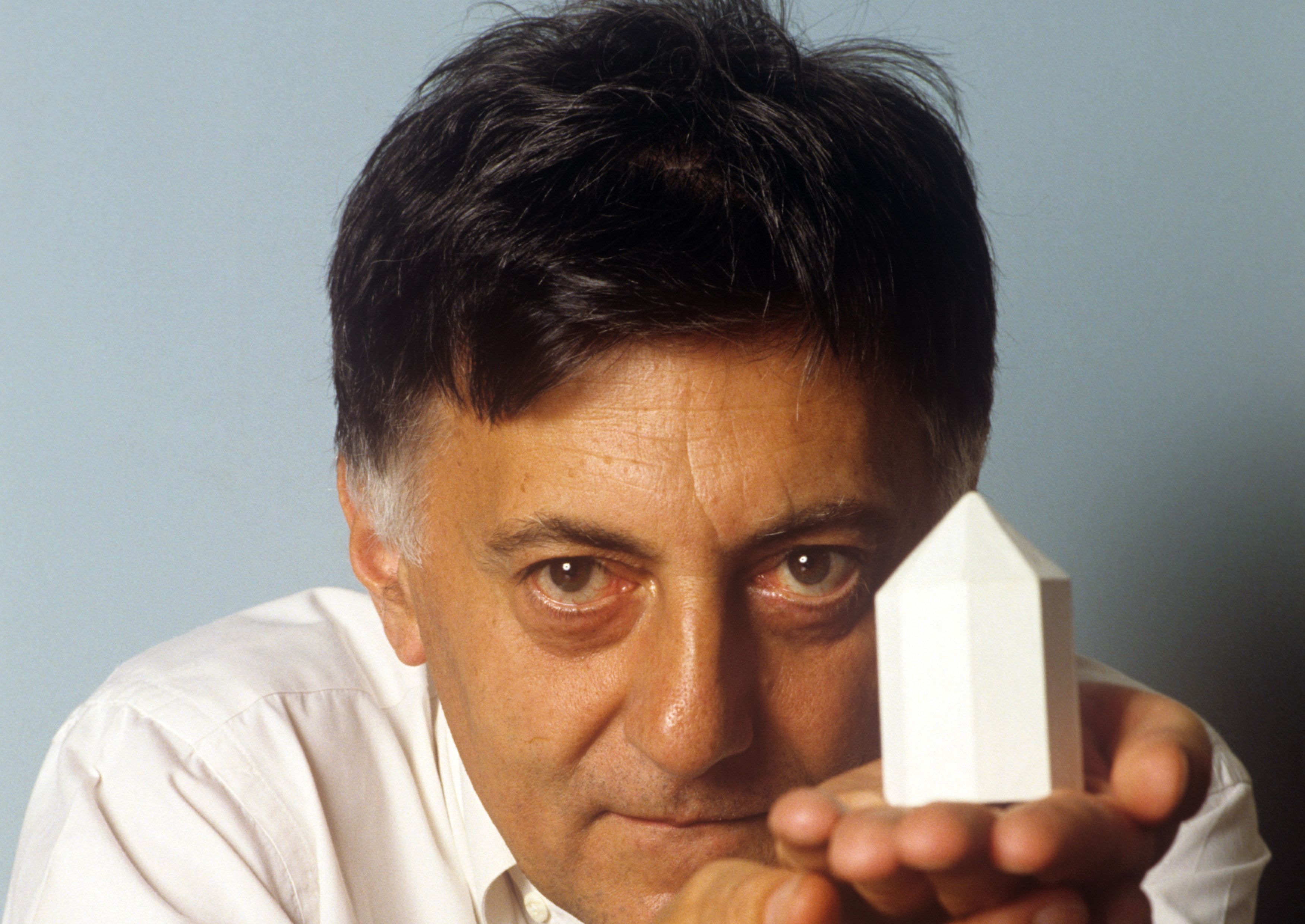
The architect and designer born on May 3, 1931 in Milan, Italy, was the first Italian to win the Pritzker Prize for architecture in 1990. The world also recognizes him as a theoretician, writer, artist, teacher and architect in his native Italy and internationally. Aldo Rossi himself is also one of the main supporters of the postmodern movement. Where at that time he was famous for simplifying the post-modern style with his rejection of modern aspects and making full use of historical aspects.
 San Cataldo Cemetery in Modena (cr: Laurian Ghinitoiu)
San Cataldo Cemetery in Modena (cr: Laurian Ghinitoiu)
He studied architecture at the Polytechnic University of Milan where Piero Portaluppi himself was his thesis supervisor and he graduated in 1959. After graduating, Aldo Rossi began his career as one of the editors of the architectural magazine Casabella-Continuità. His earliest works were mostly theoretical and showed the influence of Italian modernism of the 1920s. In his writings, Aldo Rossi criticized the lack of understanding of the city in architectural practice at that time. He had the view that a city should be studied and appreciated as something built over time. For him, the city remembers its past (our “collective memory”). Inspired by ancient European cities, Aldo Rossi always tried hard to create similar structures that were immune to obsolescence.
 Portrait of Aldo Rossi (cr: Laurian Ghinitoiu)
Portrait of Aldo Rossi (cr: Laurian Ghinitoiu)
During 1956 and 1957, Aldo Rossi worked in the studios of influential architects and furniture designers Ignazio Gardella and Marco Zanuso. In 1963, Aldo Rossi began his long involvement in academia, first as assistant professor of architecture and urban planning Ludovico Quaroni, at the school of urban planning in Arezzo, and in 1965, as assistant professor of architecture and urban planning Carlo Aymonino, at the Institute of Architecture in Venice. In 1966 he was appointed professor at the Politecnico di Milano. His role as an academic lasted throughout his professional life, and, in the US alone, he was a visiting professor at Harvard, Yale, Cooper Union, and Cornell.
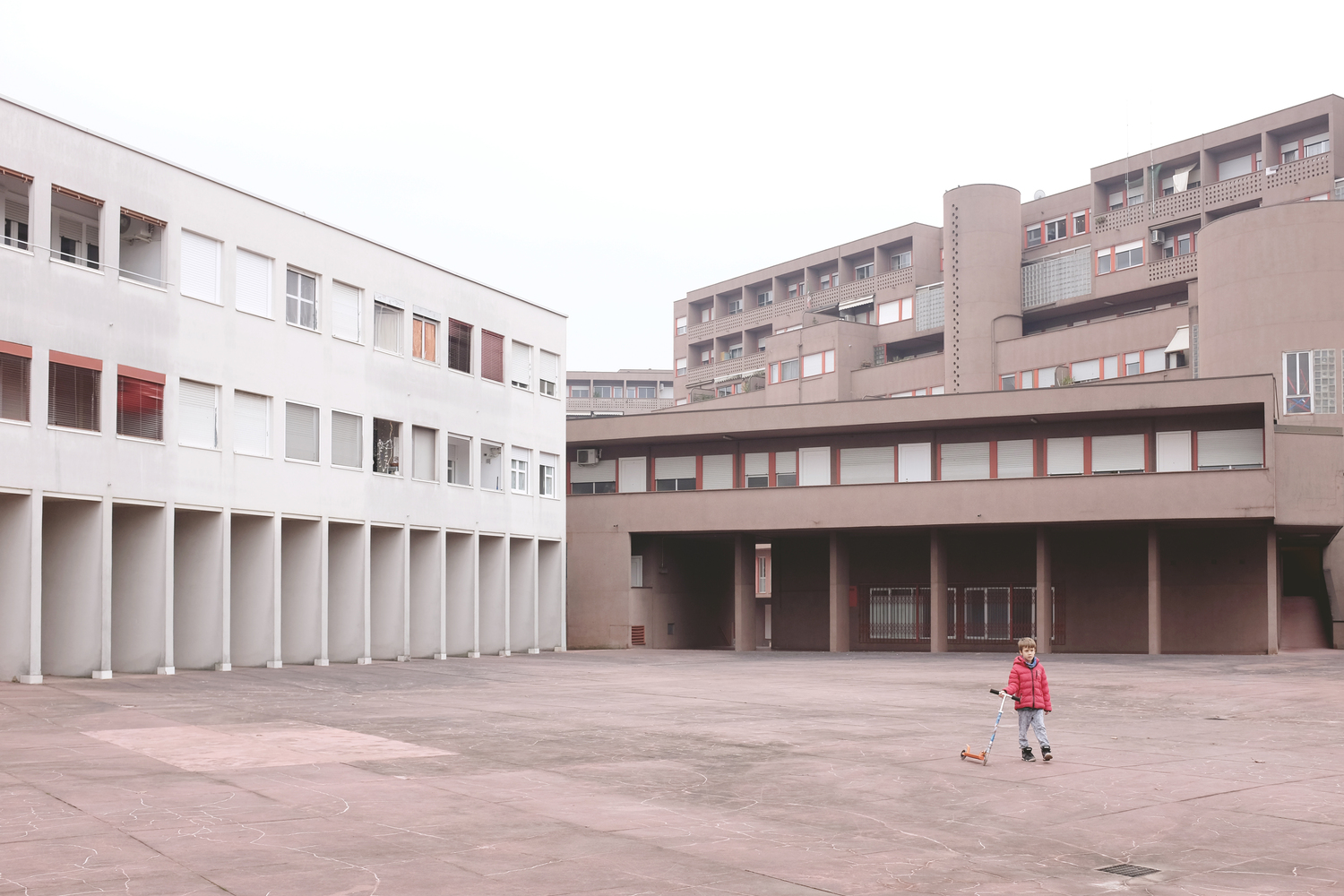 Monte Amiata complex in the Gallaratese area of Milan (cr: Gili Merin)
Monte Amiata complex in the Gallaratese area of Milan (cr: Gili Merin)
Became very influential in the late 1970s and 1980s as his architectural work expanded and his theories were promoted in books The Architecture of the City (L'architettura della città, 1966) and A Scientific Autobiography (Autobiografia scientifica, 1981). Rossi designed part of the Monte Amiata complex in the Gallaratese area of Milan. The actual structure is two buildings separated by a narrow gap where the simplicity of the construction allowed for repetition. Since then Aldo Rossi has built a number of housing solutions ranging from individual to apartment buildings and hotels. Other housing projects include an apartment building in the Berlin-Tiergarten district in West Germany, and another called the Sudliche Friedrichstadt (1981-1988). There have been many residential designs in Italy. His Il Palazzo Hotel and Restaurant complex in Fukuoka, Japan is another extension of his residential solutions, completed in 1989.
 Il Palazzo Hotel in Fukoka, Japan (cr: Nacasa & Partners Inc.)
Il Palazzo Hotel in Fukoka, Japan (cr: Nacasa & Partners Inc.)
 Apartment Building in the Berlin-Tiergarten District in West Germany (cr: Wilhelmstrasse)
Apartment Building in the Berlin-Tiergarten District in West Germany (cr: Wilhelmstrasse)
In 1971 Aldo Rossi won a design competition for the expansion of the San Cataldo Cemetery in Modena, Italy, which further catapulted his name to the international world where it was adapted to the context of its environment. The Cataldo Cemetery is one of Aldo Rossi's large-scale projects, and is considered one of the first and most important postmodern buildings in the world. For the Venice Biennale in 1979, Aldo Rossi also managed to design a floating theater called the Teatro del Mondo which could accommodate approximately 250 people. For him, it could be a collection in a city and could create a memory in the city that is timeless.
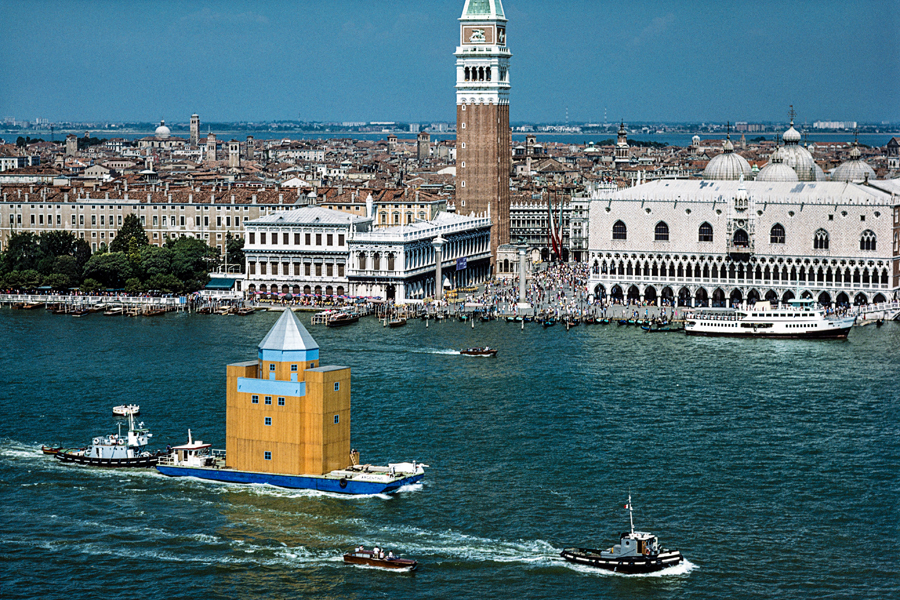 Teatro del Mondo (cr: Antonio Martinelli)
Teatro del Mondo (cr: Antonio Martinelli)
The richness of history related to the characteristics of urban artifacts, their beautiful character and unpleasant moments of life based on experiences make them an inseparable part of the city. Rossi defines urban artifacts as the main elements because their presence has contributed to the morphological and cultural evolution of the city. An example given by Rossi, is the Palazzo della Ragione in Padua. The Palazzo shapes the City, its function varies throughout the year, and has historical value. One of his first works that expresses the relationship between architecture, the city and its people is the Segrate town square. He was inspired by the architecture of the Enlightenment and created a monument to express public space as a gathering place. Rossi built the Gallarat quarter on the outskirts of Milan. The Gallarat quarter was built in a working class district. Rossi embraced the reality of the city and built a very simple architecture, but in its beautiful geographical location.
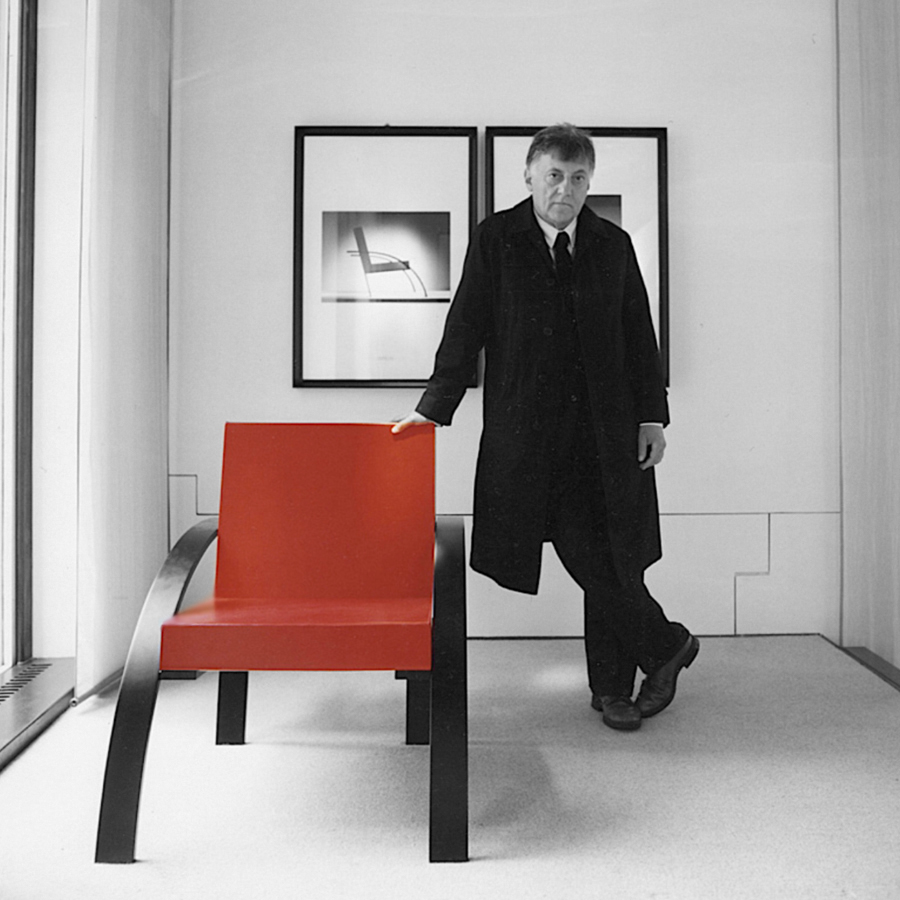 Parigi Chair (cr: Laurian Ghinitoiu)
Parigi Chair (cr: Laurian Ghinitoiu)
In terms of product design, the same distinctive independence of Rossi's buildings is strongly reflected in the microarchitecture of the products he designed. Among his product designs are the iconic Parigi chair for Unifor (1980), made of an exposed black aluminum frame in which two curved aluminum sections serve as armrests and front legs. Other furniture such as the Teatro chair for Molteni, originally designed for the Carlo Felice theater in Genova (1983), the Carteggio chest of drawers for Moletni (1987), and a series of designs for Alessi such as the stainless steel cafetière (mostly espresso and French press coffee makers) such as the Tea and Coffee Piazza set, the La Cupola espresso maker (1988), the Il Conico teapot, and the Prometeo floor lamp and table lamp (1988).




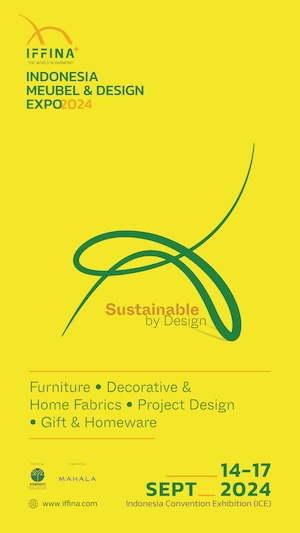

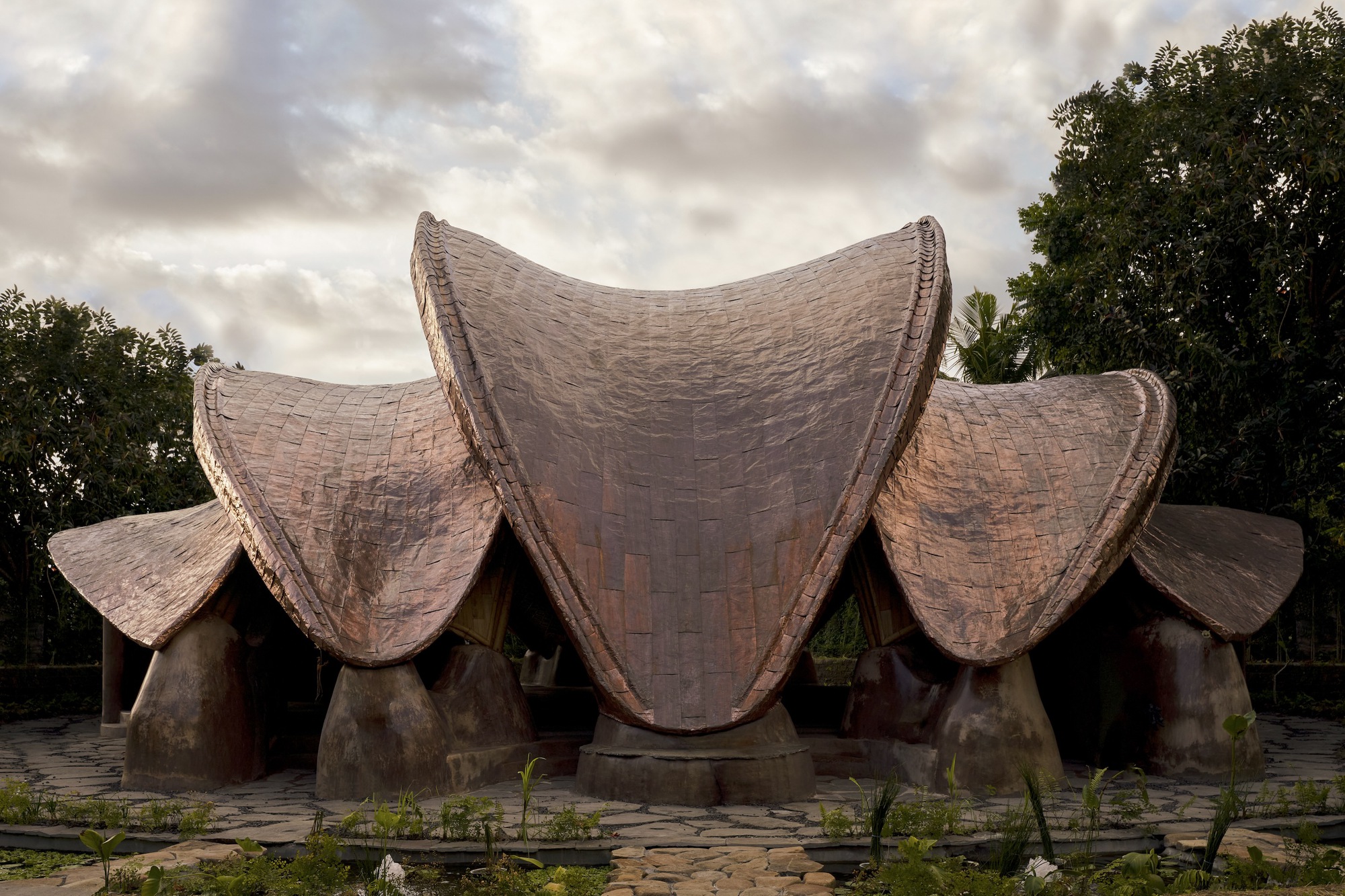

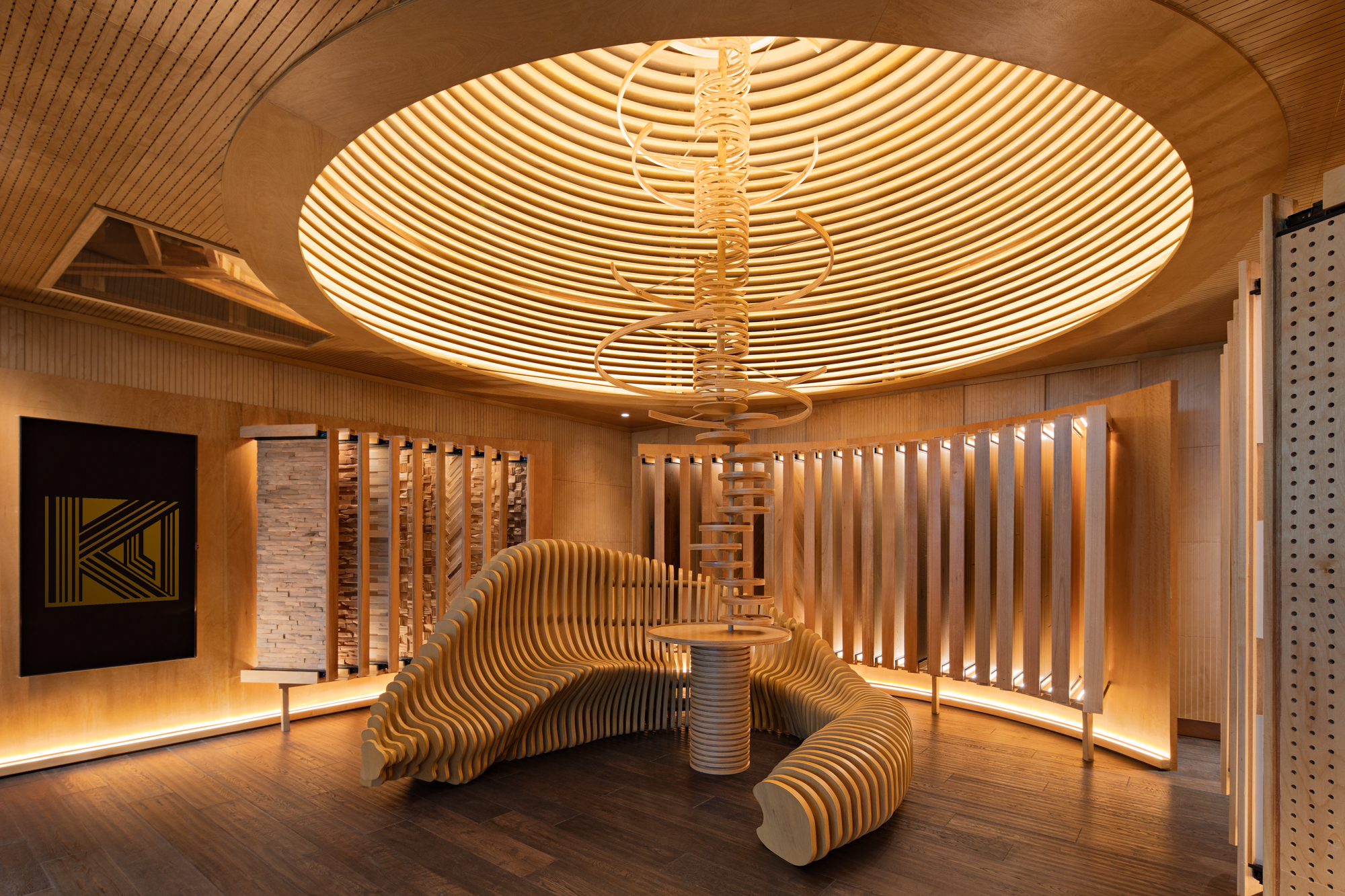
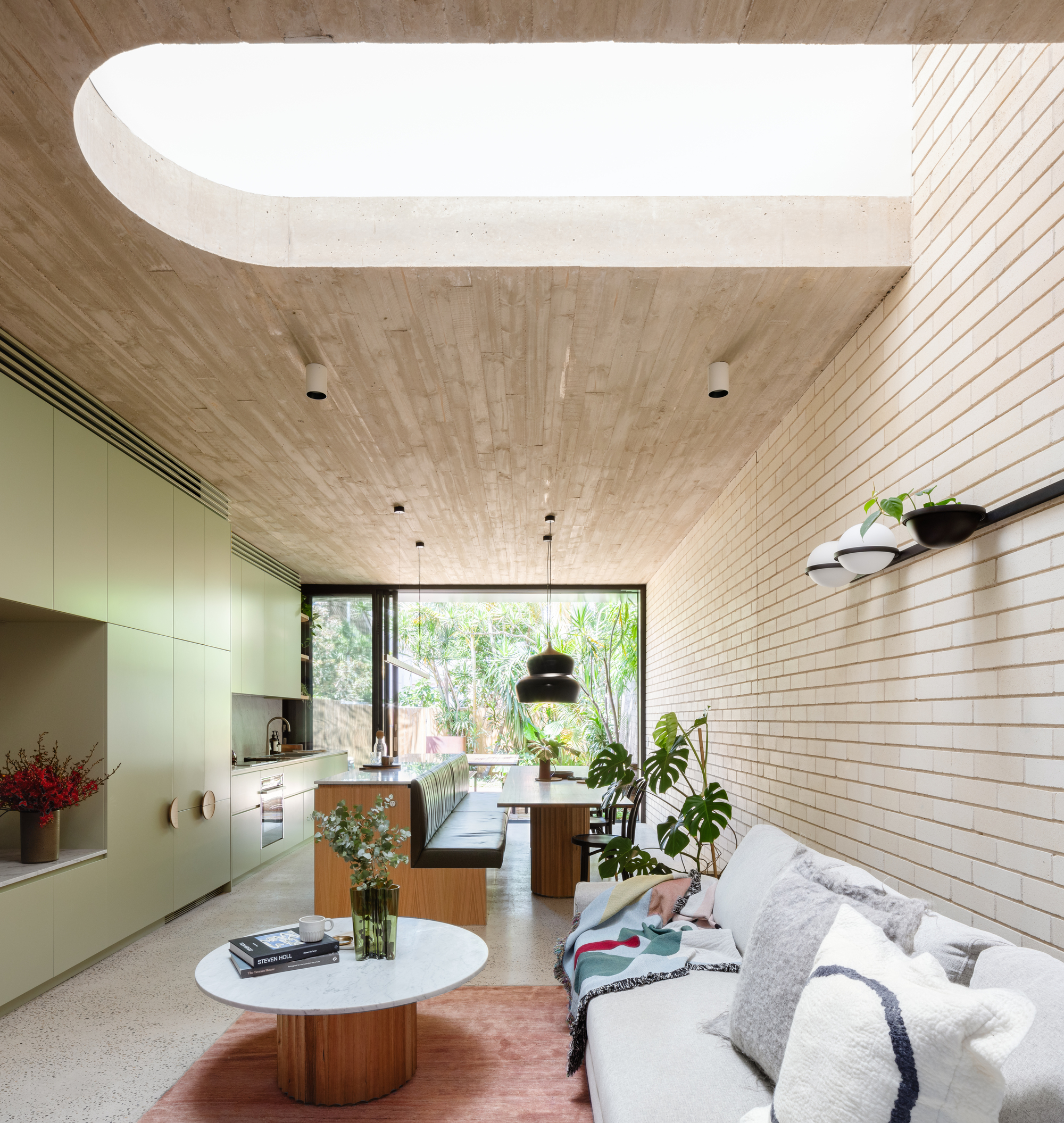
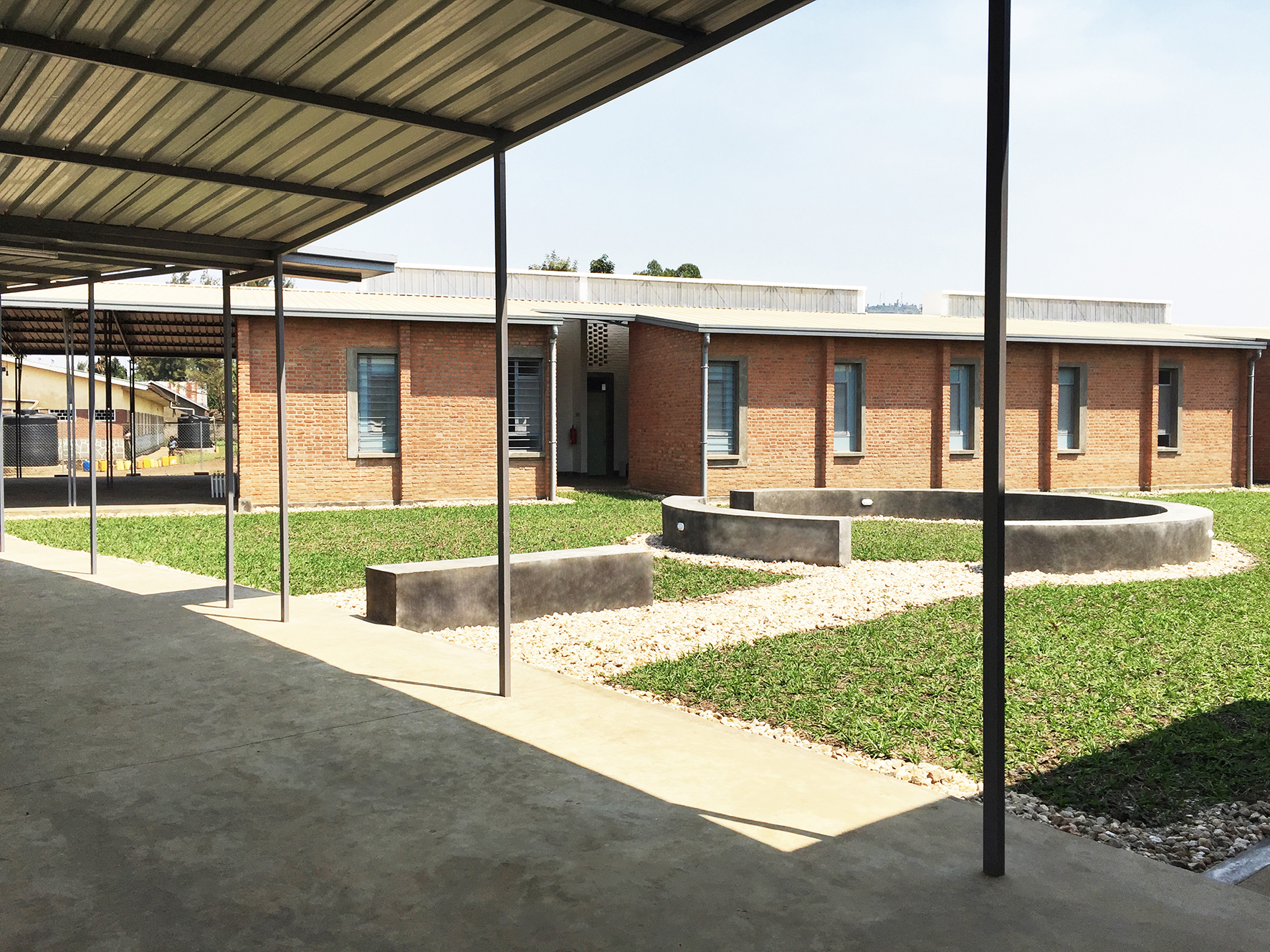
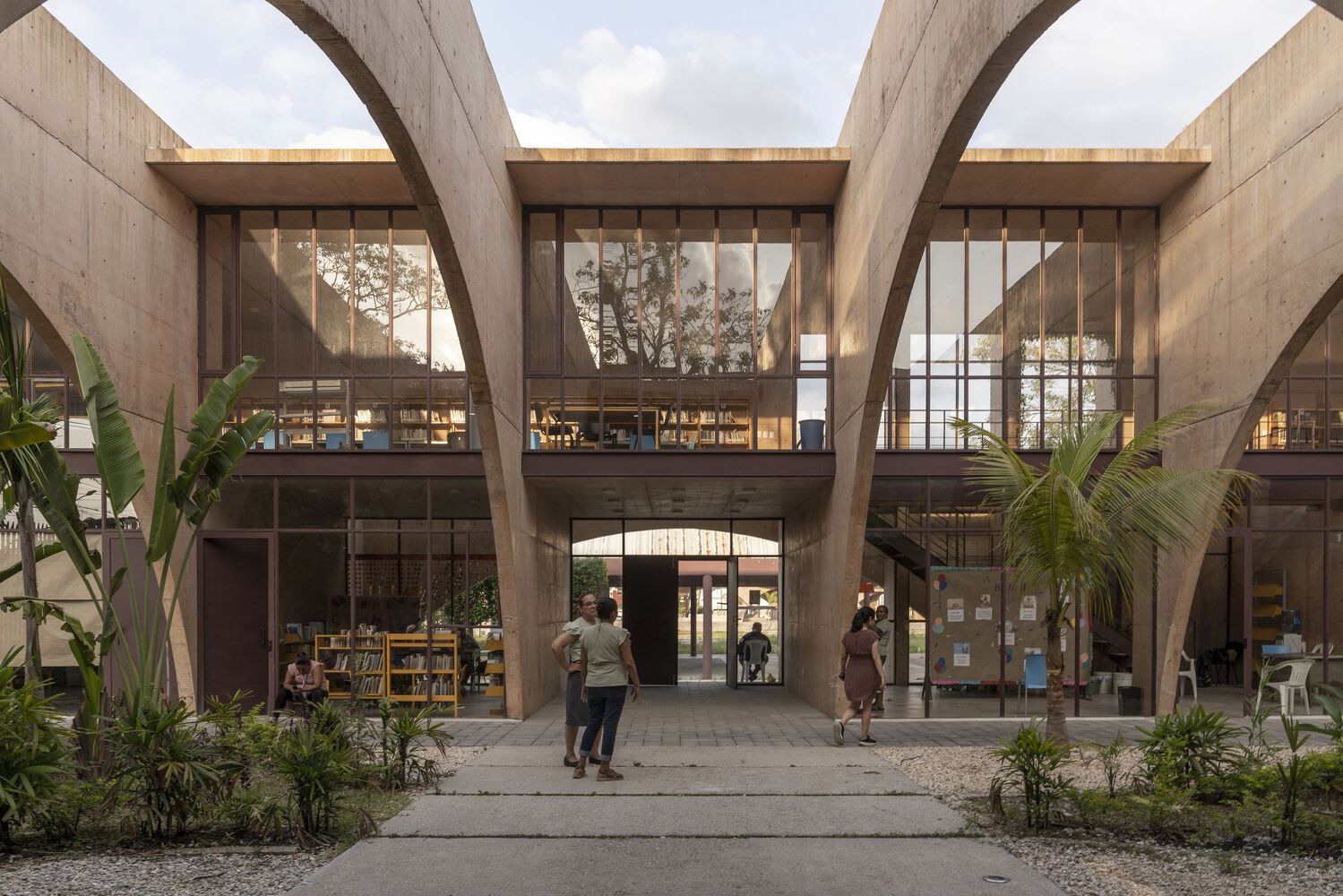
Authentication required
You must log in to post a comment.
Log in